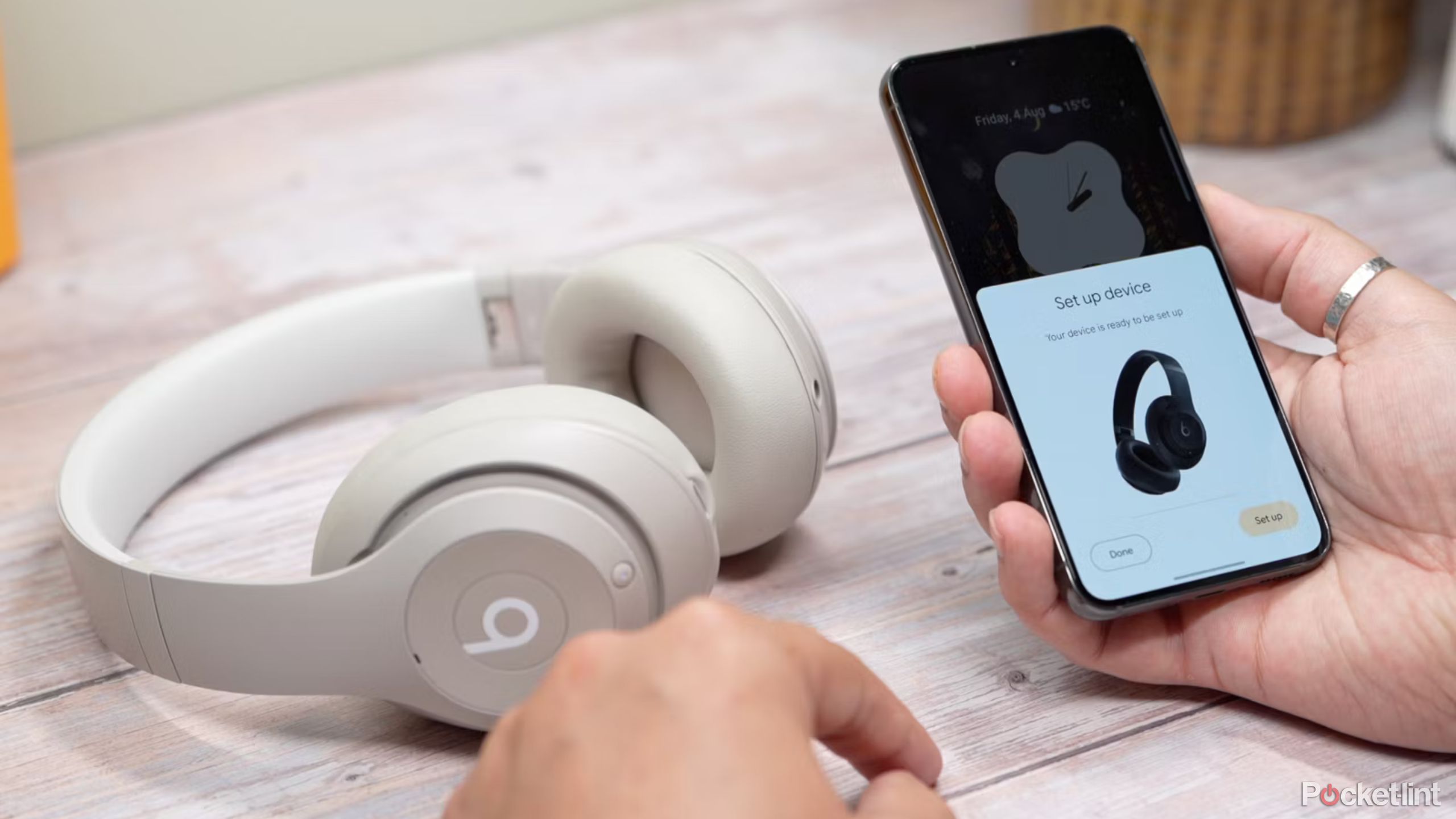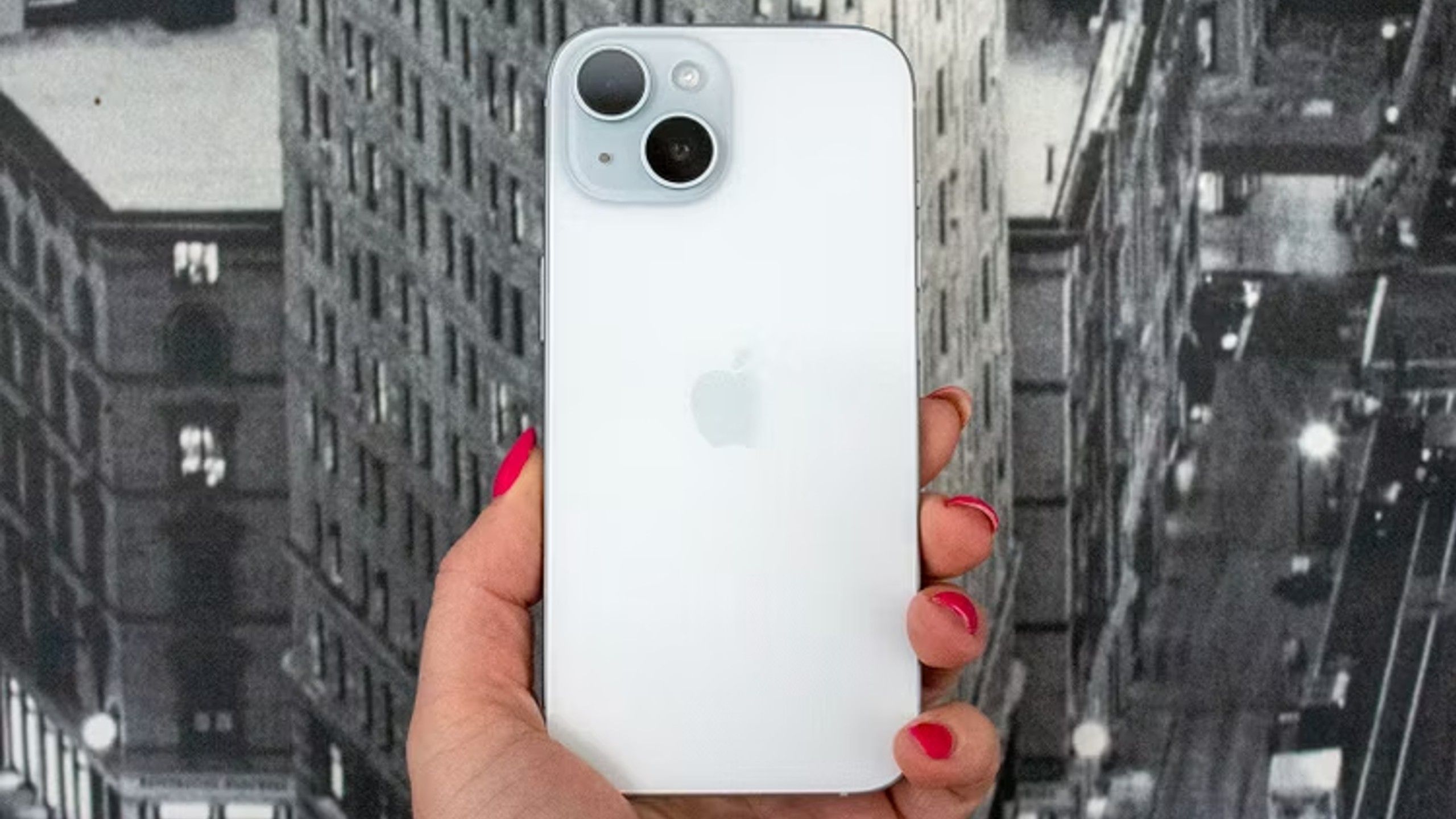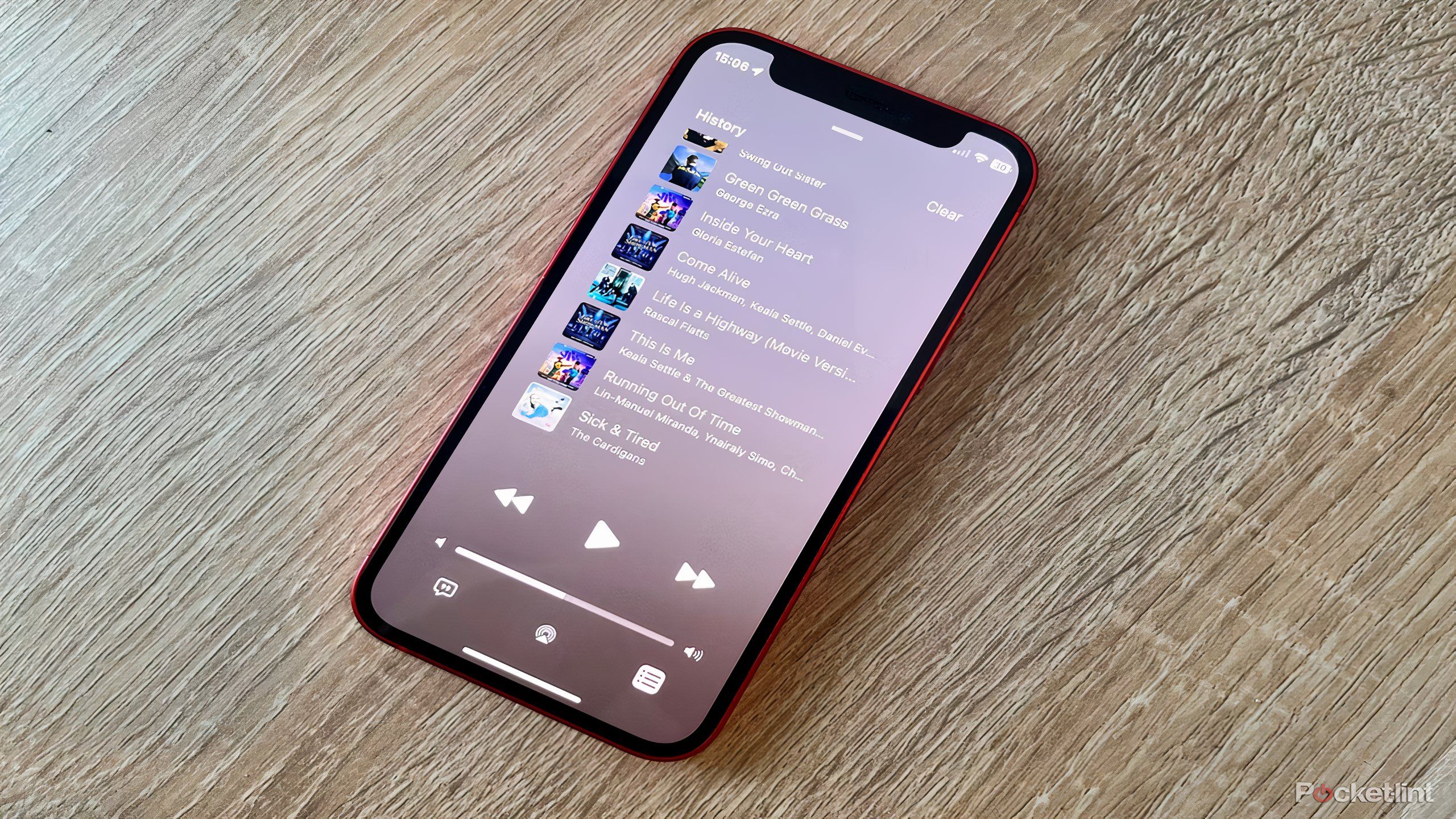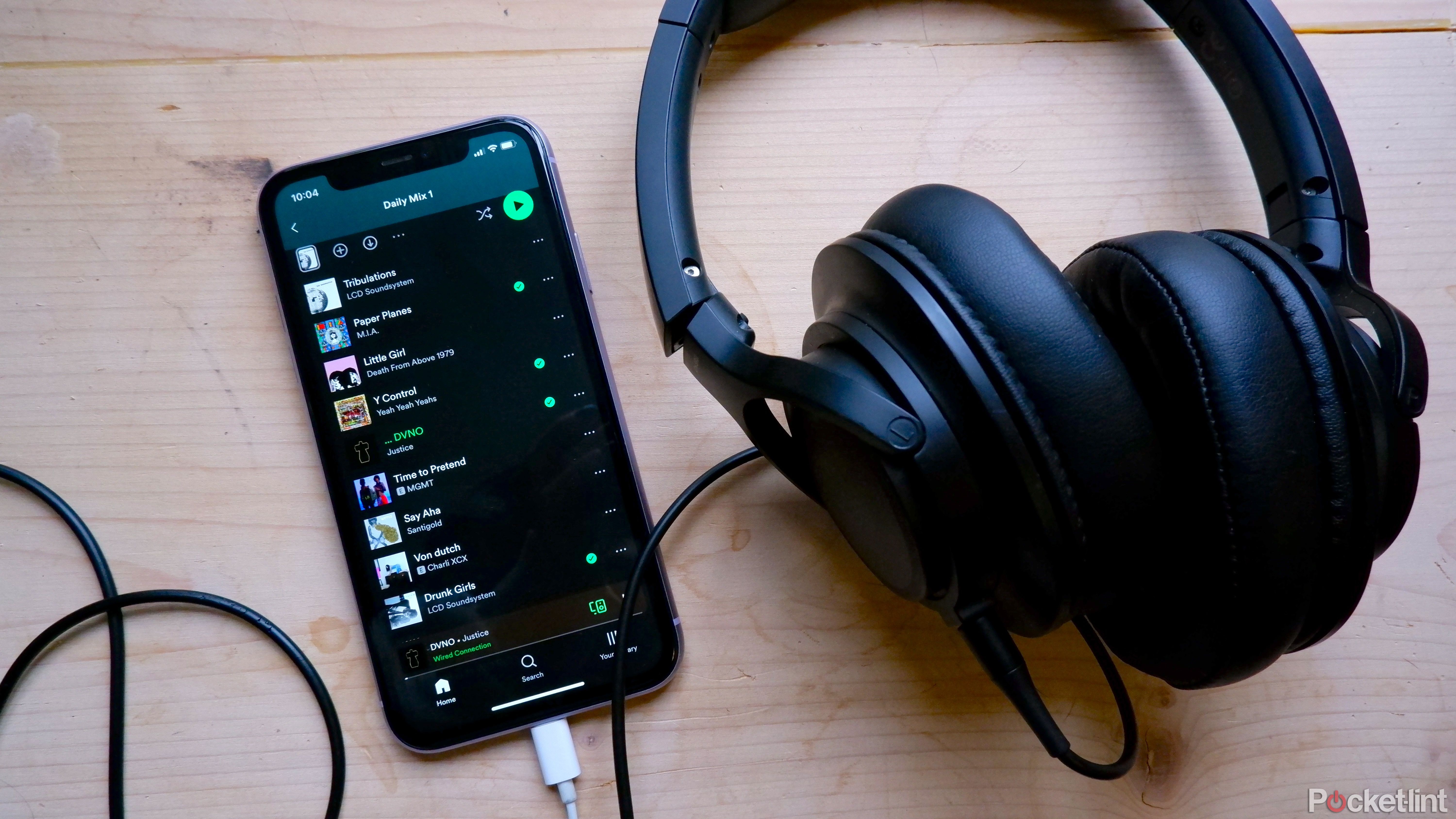Key Takeaways
- Bluetooth latency and codec differences impact audio quality on iOS and Android devices.
- iOS devices struggle with decoding Hi-Res codecs, while Android handles them better.
- Apple may address Bluetooth issues in future iPhone iterations, but for now, a dongle can help improve audio quality.
If you want to think about the speed at which audio technology has moved, you can imagine a dramatic scenario of wires ripping from their source and visual representations of invisible Bluetooth signals in the air. In reality, while Bluetooth has changed how we consume audio entertainment, it has brought with it a new issue most consumers haven’t noticed. That of OS-specific latency and connectivity issues with different levels of codec decoding.
Related
Is it worth it to pay for lossless audio?
Despite what some audiophiles may say, switching streaming platforms for lossless audio might not be the best choice.
So if you are using, say, the new Sonos Ace Bluetooth headphones with your smartphone, the codec is the process of compression and decompression to deliver data from your phone to your headphones. Different codecs deliver different levels of compression and latency. And different operating systems, such as Android and iOS, utilize different codecs.
But since we’ve already accepted Bluetooth over wired connections (which deliver the highest level of audio quality), we have accepted worse latency. So, why care about further degradation? Because we want the best of both worlds: to listen to audio at the highest quality possible without perhaps struggling with wires.
Bluetooth battle: iOS vs. Android
My mom always said honesty is the best policy, or “shut that door, you’re air conditioning the outside!” But the former is much more relevant today. Noticing a difference between Bluetooth playing the same music file (no matter the compression rate) over a wired or wireless connection doesn’t necessarily make one an audiophile. But it’s much easier to discern. Especially considering lossless (FLAC) versus something like MP3 or AAC.
0:33

Related
This MP3 player looks just like an iPod Nano, but it doesn’t perform like one
Using the Luqeeg MP3 player was a bit bizarre, to say the least. But there were lots of file formats to choose from.
But honestly, it’s very difficult to discern variances in audio quality between Android and iOS. I’m not here to sit on an ivory tower of subwoofers barking bloated commandments of audio purity. Yet, there is a massive difference in Bluetooth quality between the two operating systems, but you aren’t any less of an audio consumer if you have never noticed.
iOS phones cannot decode any Hi-Res codecs beyond its own proprietary AAC codec.
Here’s the cutter: iOS phones cannot decode any Hi-Res codecs beyond Apple’s go-to AAC codec. This delivers sound resolution about as well as a CD, which is technically Hi-Res, but certainly at the lower end. Meanwhile, Android phones can handle any Hi-Res codec. So, lossless music from streaming services such as Tidal and Qobuz will sound better on Bluetooth headphones connected to an Android device.

Related
I’m listening to CDs again in 2024 for these 6 reasons
CDs are a versatile option that toe the line between physical and digital media.
While Apple does have its own lossless format (ALAC), it switches to AAC through Bluetooth. So regular wireless audio fidelity aside, Android does a much more competent job of compressing and delivering lossless Hi-Res audio. TechRadar has a great breakdown of what Hi-Res quality means, and how much of it the human brain can actually discern. The gist is that we either care or don’t care, but if we care, Hi-Res is always better.
iPhone/Pocket-lint
iPhone 15 Bluetooth disaster
Android’s handling of Hi-Res audio files already makes it the best choice for listening to anything with your brand-new Bluetooth headphones. But it gets worse for the iPhone and its relationship with Bluetooth.
According to the 42 pages of responses to a seemingly community-wide complaint concerning Bluetooth and the iPhone 15 in the Apple discussion forums, the iPhone is not playing nice with Bluetooth.
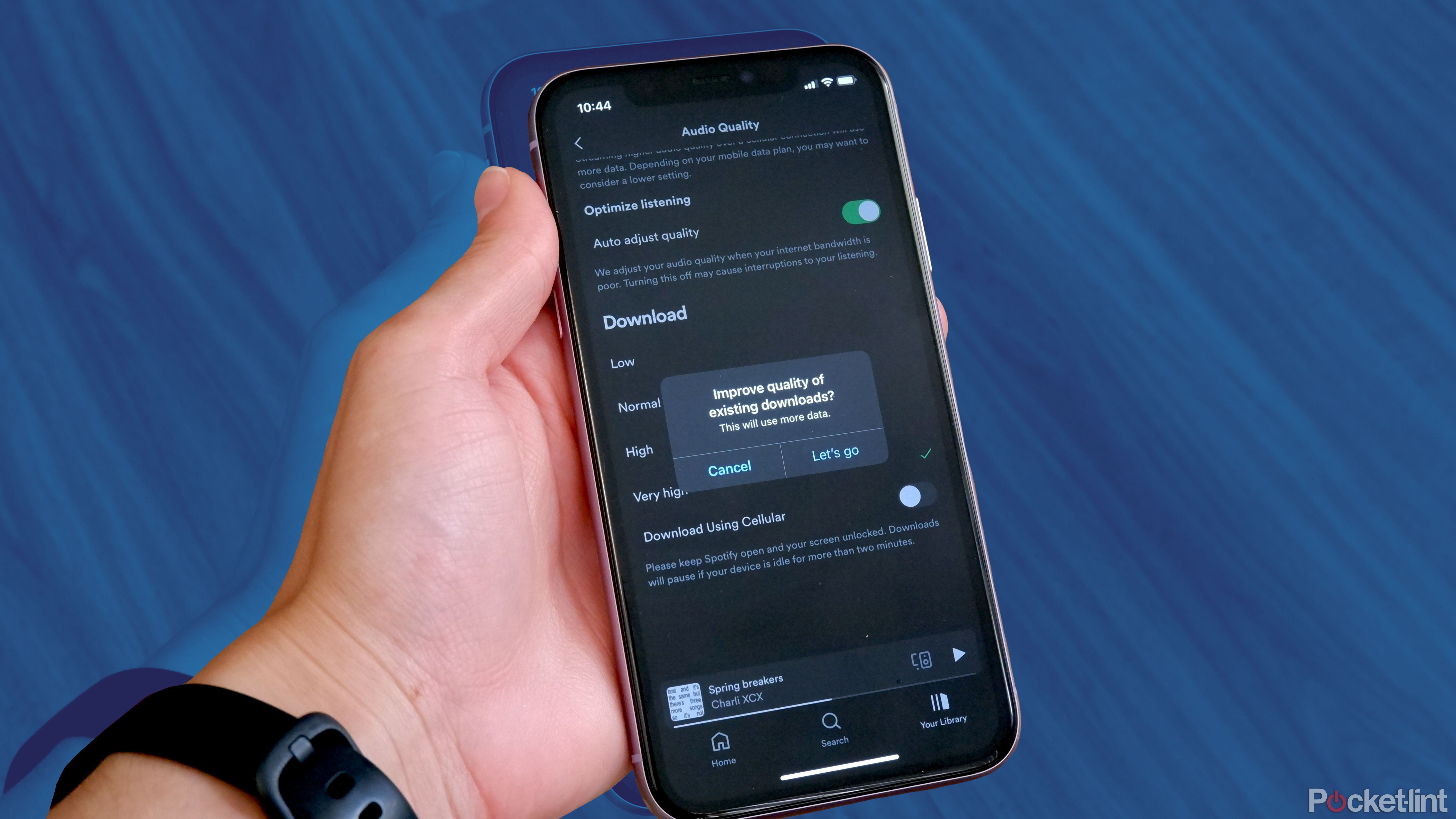
Related
Why lossy compressed audio shouldn’t play second to lossless audio
It might be controversial, but I don’t think lossless audio is the end-all be-all of music listening.
So, even if your iPhone 15 works with Bluetooth, you still aren’t getting the highest quality audio.
From random connectivity disconnections, to latency issues, to just flat out not working, Apple messed something up. It’s something that will likely resolve itself with a future iOS update, but regardless, it exists. And because of our general acceptance of imperfections in smartphone technology, you may not even notice. So, even if your iPhone 15 works with Bluetooth, you still aren’t getting the highest quality audio.
How you can get the highest quality audio with my iPhone and Bluetooth
When you live in the Apple ecosystem, the answer should be clear: a dongle. Yep, if you want the highest quality audio from your iPhone, you’ll need a digital to analog converter. That’s just one variable solved. Then there’s network quality, Bluetooth interference, streaming platform quality, and so on.
This isn’t to say that Android is perfect, but if you aren’t willing to listen to everything through a high quality audio receiver playing FLAC files via a wired headphone connection, then it’s a step up from an iPhone.
After all this, how can we trust anything we put in our ears? Lossless, Bluetooth, compression rates, operating system variances — it’s a mess.
Just listen to your tunes
Just because Android handles Hi-Res audio files a bit better than the iPhone, does that mean, in order to become a highfalutin’ audiophile worthy of gracing the cover of Sterophole magazine you’ll have to switch operating systems? Absolutely not. This is a technical issue only worthy of note, not intended to force us from one OS to the next.
Plus, if you’ve met as many iPhone users as I have, they aren’t about to switch just because Bluetooth connectivity is suspect. But, it doesn’t rule out picking up a spare Android phone for those moments when you want the best out of your Bluetooth headphones.
If enough consumers do take notice of the middling audio performance over Bluetooth, it’s entirely feasible for Apple to make the necessary changes. I mean, there was a time when USB-C in an iPhone was unthinkable, but here we are.
It’s possible that the next iteration of the iPhone will have a permanent solution to its Bluetooth woes, whether it be connectivity issues or its handling of Hi-Res compression rates. If enough consumers do take notice of the middling audio performance over Bluetooth, it’s entirely feasible for Apple to make the necessary changes. I mean, there was a time when USB-C in an iPhone was unthinkable, but here we are.
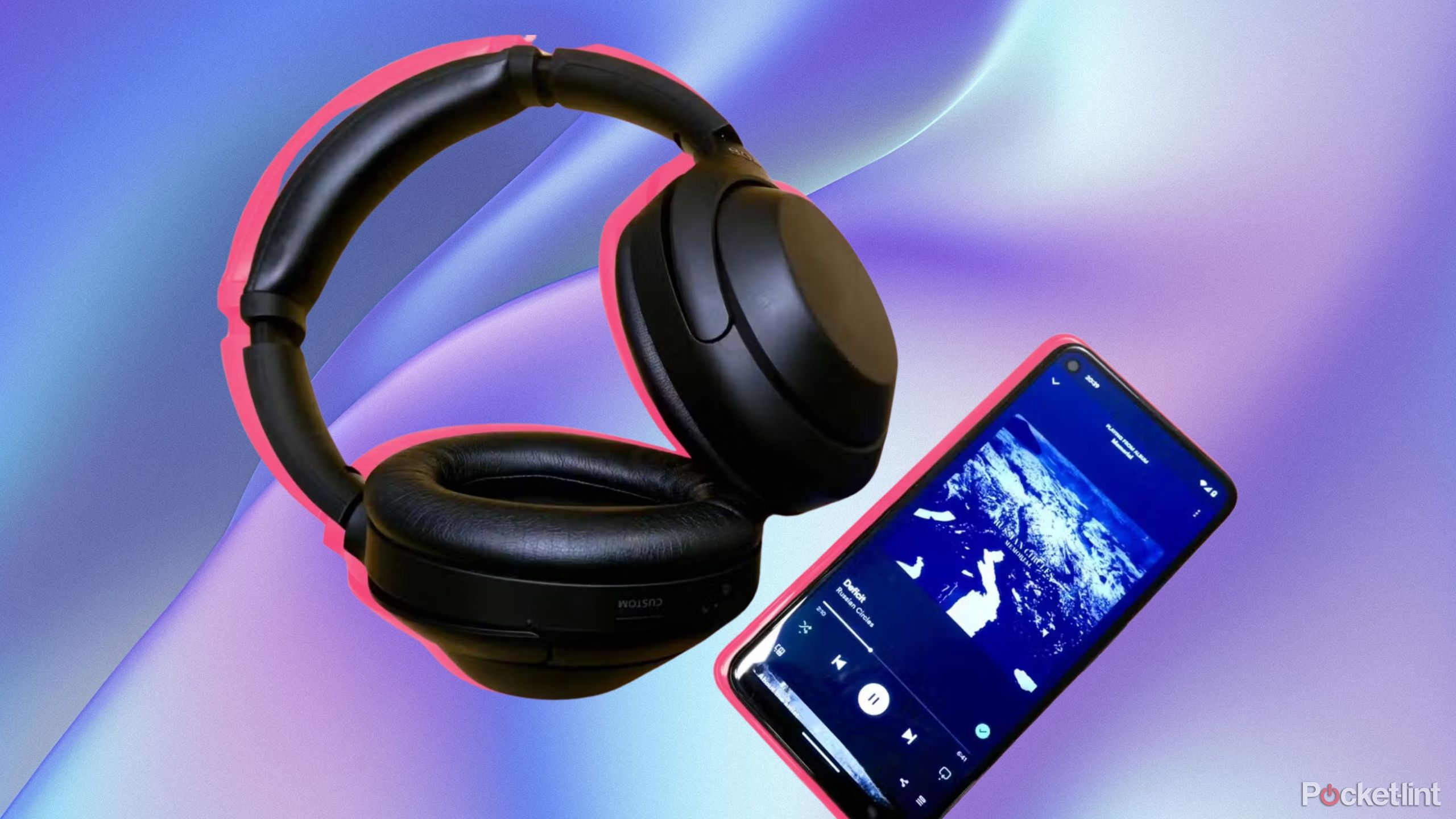
Related
8 foolproof tricks to boost sound quality on your Android device
From using an equalizer to treating your headphones to a good clean, these quick but effective tips can help you get the most out of your listening.
It takes a while, but Apple does eventually listen to its users. And while it’s not an Earth-shattering revelation that Bluetooth audio performs just a bit better on Android phones, it’s something that is there. It’s a problem that exists and perhaps, just perhaps, this is the last time we’ll consider it an issue, because the iPhone 16 will aptly handle Hi-Red codecs.
Trending Products

Cooler Master MasterBox Q300L Micro-ATX Tower with Magnetic Design Dust Filter, Transparent Acrylic Side Panel…

ASUS TUF Gaming GT301 ZAKU II Edition ATX mid-Tower Compact case with Tempered Glass Side Panel, Honeycomb Front Panel…

ASUS TUF Gaming GT501 Mid-Tower Computer Case for up to EATX Motherboards with USB 3.0 Front Panel Cases GT501/GRY/WITH…

be quiet! Pure Base 500DX Black, Mid Tower ATX case, ARGB, 3 pre-installed Pure Wings 2, BGW37, tempered glass window

ASUS ROG Strix Helios GX601 White Edition RGB Mid-Tower Computer Case for ATX/EATX Motherboards with tempered glass…


